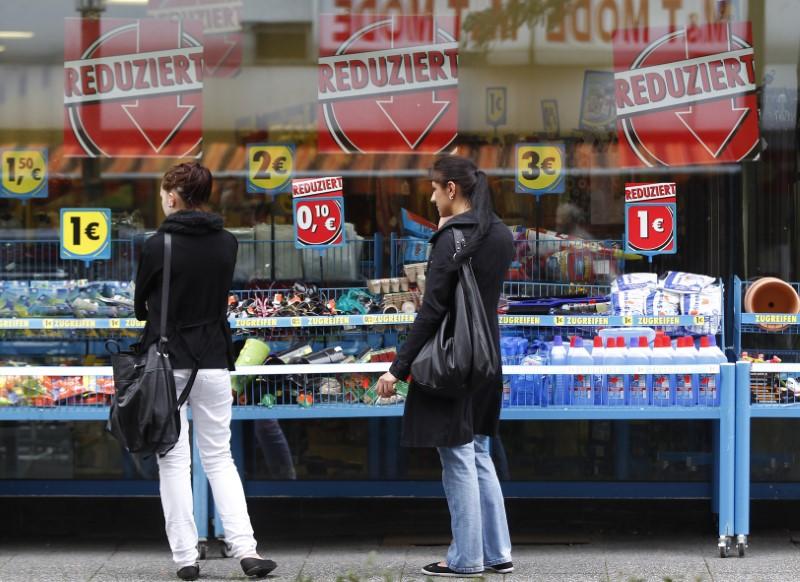German inflation hit its highest level in five years in 2017, initial data showed, sowing the seeds of more discord among rate setters at the European Central Bank, where some policymakers want to stop pouring money into the eurozone.
Consumer prices harmonized to make them compatible with inflation data in other European Union countries rose by 1.6% year-on-year in December, compared to the 1.4% forecast by analysts polled by Reuters.
“This is the correction to the inflation course desired by the ECB,” said Alexander Krueger of Bankhaus Lampe. “And it is sustainable.”
On the month, prices in Europe’s largest economy rose by 0.8% compared to November, faster than the 0.6% increase expected by analysts. German inflation figures are closely watched because of their influence on the ECB’s monetary policy.
The central bank earlier this month stuck to its pledge to keep injecting funds into the eurozone despite opposition from rate setters who point to increased growth and inflation forecasts for the single currency as reasons to change course.
German prices rose an average 1.7% over the year in harmonized terms, the largest increase since 2012, when inflation hit 2.1%. High food costs made the largest contribution to the headline price increases, data released by the Federal Statistics Office showed on Friday, followed by increased rents.
The ECB’s governing council holds a monetary policy meeting on Jan. 25. The German data will give hawkish members like Dutch central bank governor Klaas Knot more argument in favor of unwinding the ECB’s €2.55 trillion ($3.06 trillion) bond-buying program.
The German economy is firing on all cylinders with both consumption and exports providing impulses this year, unfazed by political uncertainty created by Chancellor Angela Merkel’s failure to form a government after an election in September.


